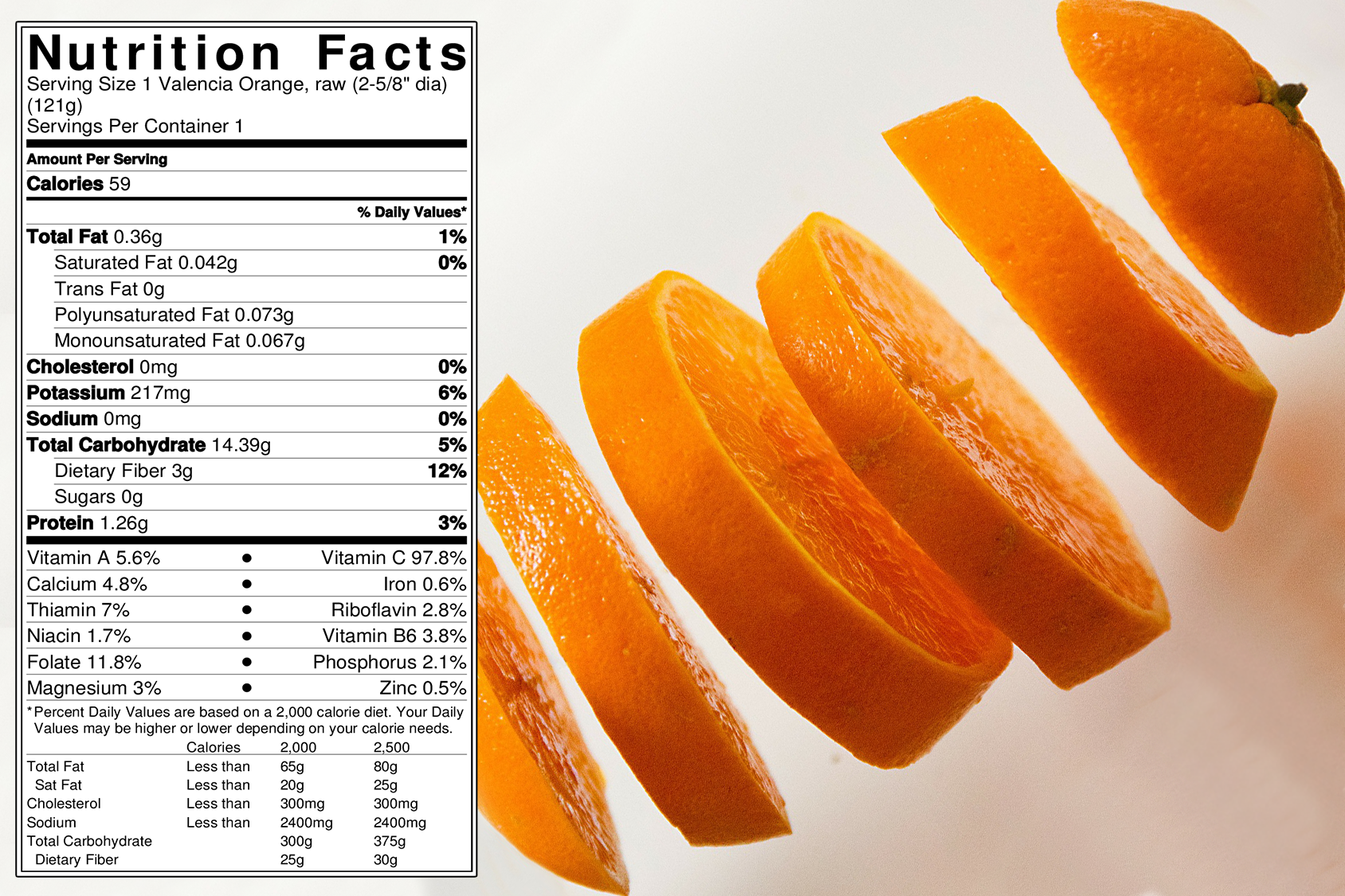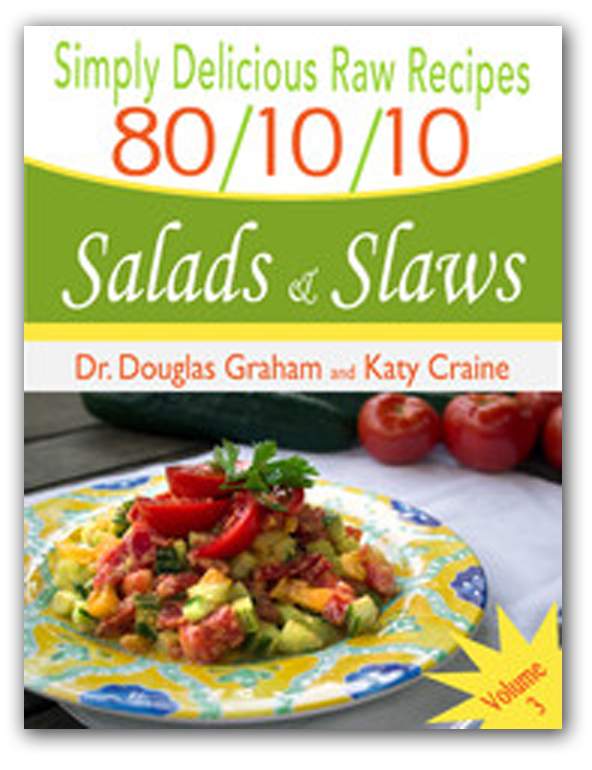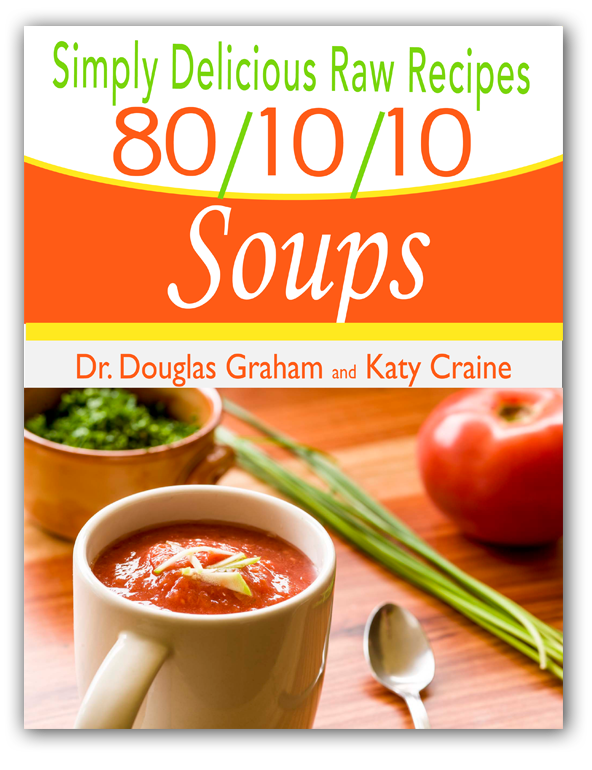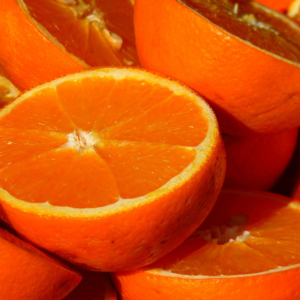
One 2 5/8″ diameter raw Valencia orange contains 59 calories.
87% carbs, 5% fat, 8% protein
Bright and fragrant, oranges are a whiff of sweet summer that ripen in the midst of the dreary winter. We’ve appreciated them for a long time – Confucius was
the first to write about oranges nearly 3,000 years ago, and by the 16th century European nobility kept special rooms called “orangeries” were they could shake off the winter blues with some cheery orange fruits and that sunshiney aroma.
This winter, spruce up your mood and your diet with any of these four sweet and juicy oranges commonly found in supermarkets around the world.

First courses at FoodnSport retreats
frequently star orange juice.
Orange Varieties To Taste
Valencia: is the main juicing orange around the world because its, well, really juicy. Its thin skin is difficult to peel without making a mess, so it’s best enjoyed sliced into wedges or juiced. Unlike most oranges, Valencias fruit most heavily in the summer months of June and July.
Their rise to popularity is thanks to William Wolfskill, an American ex-patriot who became a Mexican citizen back when California was part of Mexico. On land granted by the Mexican government, he tinkered with citrus from all over the world. Although he ultimately named his most famous orange for Valencia, Spain, the Valencia parent tree was imported from India.
Navel: These large, sweet and seedless oranges are easy to peel and quite sweet. They are also genetic anomaly. The miniature orange always found growing in the center of this fruit is actually a conjoined twin.
This weird characteristic so demystified a missionary traveling through Bahia, Brazil, that he took a cutting and sent it back to United States Department of Agriculture for evaluation. From there, two trees were sent to Riverside, California, in 1872 and were the parents of the California orange industry. One of the trees can still grows and fruits in downtown Riverside, 150 years later.
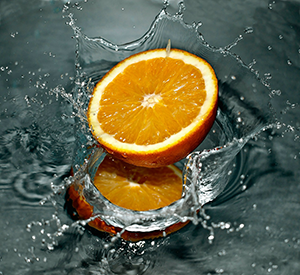
Fruit always makes a bit splash!
Cara Cara: Contrary to popular myth, the pretty pink color on the inside of a Cara Cara orange is not the result of crossing an orange with a Ruby Red grapefruit. Cara Caras are another genetic mutation that occurred naturally on a navel orange tree – making them technically navel oranges. They do taste different however, with a lower acid content and a complex, berry-like flavor.
Cara Caras were found growing at the Hacienda de Cara Cara in Valencia, Venezuela in 1976. They are now popularly grown in South Africa, where they are harvested in August, and in California in November through April.
Blood Orange: This umbrella term encompasses a number of varieties of orange with flesh that is stained dark purple or maroon and have a tart, sometimes berry-like flavor. They are usually difficult to peel, so slice them into wedges or juice them for a beautiful winter pick-me-up.
There are three main varieties of blood oranges: Moros, which are often slightly bitter; Taroccos, which are some of the sweetest and most vitamin C rich oranges in the world, and Sanguinello. Their intense color is the result of a high concentration of anthocyanins triggered by cool nights. This need for cooler temperatures means that blood oranges don’t occur in tropical climates.

Fruit is fun and always in fashion!
Choosing and Storing Oranges
Select firm, shiny fruits that feel smooth to the touch rather than bumpy and heavy in your hand. The skin should feel tight and drawn taut over a juicy sphere. Loose or squishy skin may indicate the fruit is dry. Oranges do not ripen after being picked, so you are merely testing for freshness rather than maturity.
A bright orange color may or may not indicate a good quality fruit. In tropical or very hot areas, oranges remain greenish through maturity due to the lack of cold temperatures that cause the fruits to turn orange. But because consumers prefer orange oranges over greenish oranges, most companies use an artificial pigmentation on the skin.
Avoid oranges with signs of white dust or blue mold. This mold is a penicillium strain that originates in the soil, and causes the orange to quickly spoil.
To prevent spoilage, store oranges in a cool, dry place or in the refrigerator.
